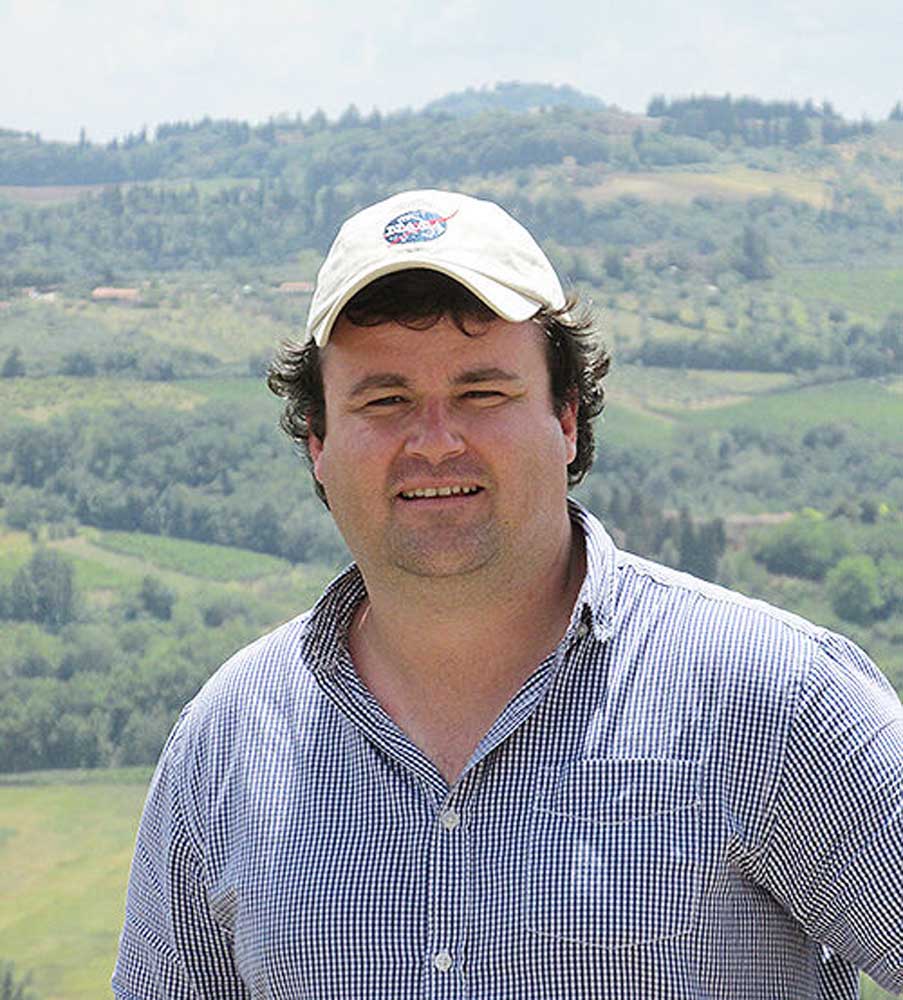Spore-sampling network features upgrades
Published 9:45 am Thursday, June 4, 2020

- James Woodhall
A spore-sampling network designed to detect airborne diseases before they impact southern Idaho crops has been enhanced this year, its third in operation.
Faster detection and reporting, and the ability to find more types of disease that could threaten potatoes and other crops, are among the benefits.
“We are hoping to add additional diseases to the system,” said James Woodhall, plant pathologist and assistant professor at the University of Idaho Parma Research and Extension Center. “We hope to be better able to get information out with the web, put more out and be more confident with that information.”
Buckets containing water and a bit of detergent, which reduces surface tension and prevents insects from escaping, were placed next to a few of the spore traps last year. Now, all 17 Idaho sites have one of the yellow buckets. Researchers are using them to capture insects and detect three additional diseases they carry and “create a one-stop shop for monitoring these fields,” he said.
“Last year with Idaho Potato Commission funding, we developed DNA and RNA extraction methods,” said Woodhall, who spearheaded creation of the spore-sampling network.
Detecting viruses requires analyzing ribonucleic acid, or RNA. Analyzing deoxyribonucleic acid, or DNA, is required for detecting fungi, bacteria and other pests. Insects trapped in the buckets are sent to a separate laboratory for RNA extraction.
“This is improved in the sense that we don’t bother visually sorting,” Woodhall said. “We take that mush from the buckets and extract all nucleic acids.”
The approach is accurate and economical, and produces results that can be reported faster, he said. “Spores are collected Mondays. By Wednesday, we hope to have results up on the website.”
A desire to detect late blight, early blight and white mold in potato fields drove creation of the network.
“Typically we detect more spores than there is disease that results, which is a good thing,” Woodhall said.
Researchers this year also aim to detect Potato Virus Y, Liberibacter solanacearum and the potato psyllid. The psyllid carries the Liberibacter, which causes zebra chip disease.
Researchers in 2019 emailed results, including risk-zone maps and other graphics associated with a fall outbreak of late blight in some potato fields. Files were too big for some subscribers, Woodhall said, so 2020 information will be posted at uidaho.edu/spores.
The late blight outbreak produced real data on associated spore levels and “allowed us to ground-truth (prove) our predictive models,” he said.
Weather-based modeling has been improving as the stations gather more information to supplement longstanding data.
The project involves UI researchers Kasia Duellman and Phil Wharton with support from Miller Research, McCain Foods, J.R. Simplot Co. and the potato commission.
Researchers last year, with Idaho-Eastern Oregon Onion Committee funding, proved the system can detect iris yellow spot virus risk to onions. That work continues.
For more information: plantdiagnostics@uidaho.edu






